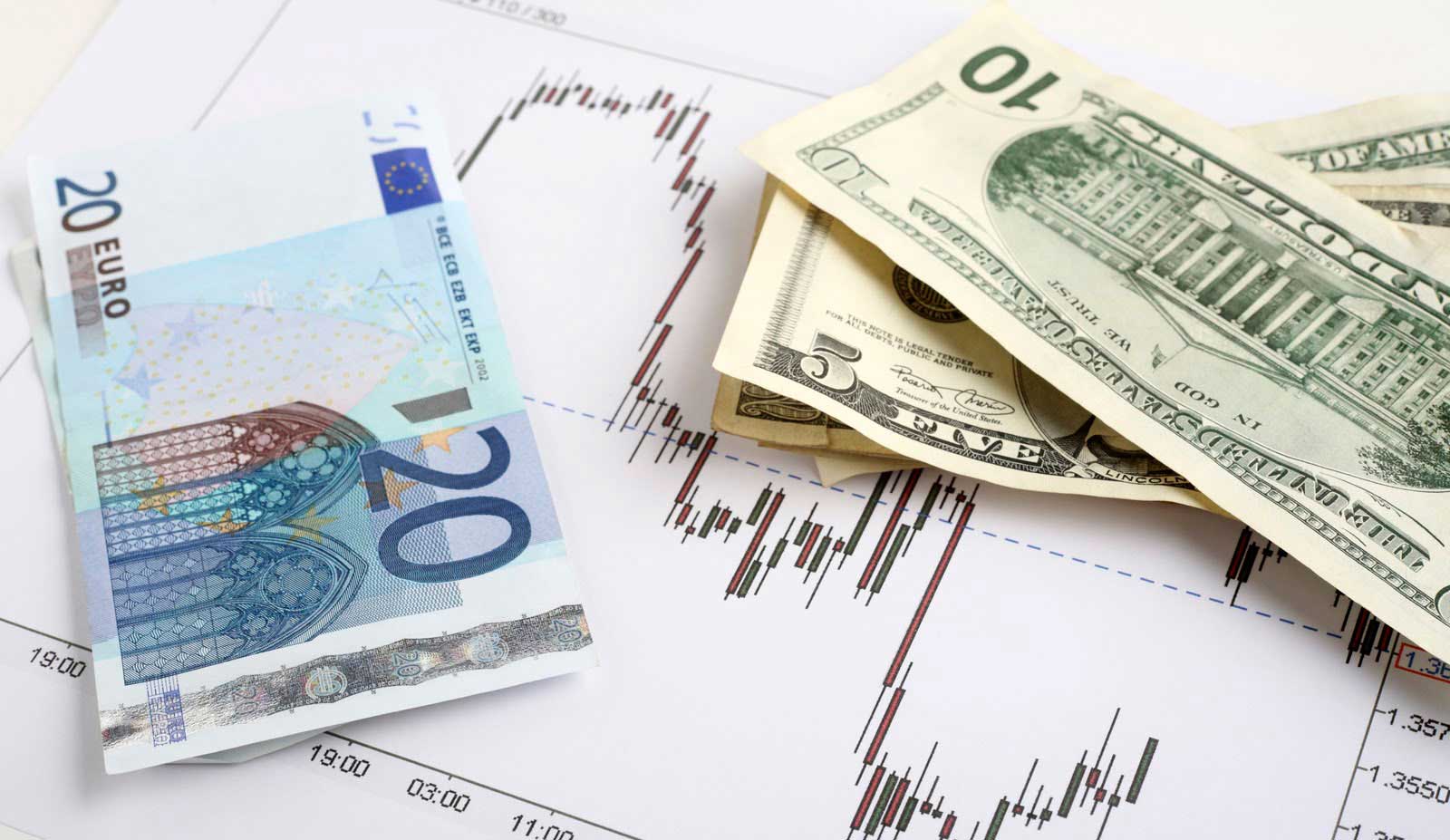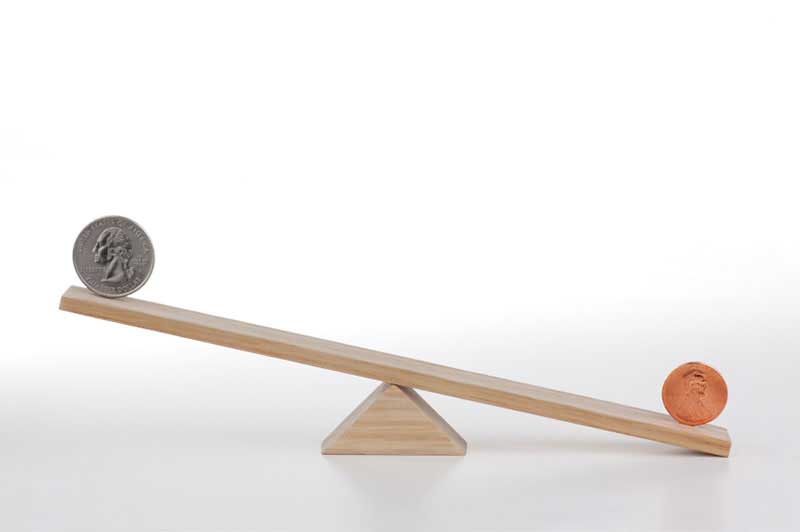Overview
The term Forex is a contraction of Foreign Exchange and refers to the market where foreign currencies are traded. There is no central marketplace for currencies; the Forex works as an open market, active on the main international financial markets (London, New York, Tokyo, Zurich, Frankfurt, Hong Kong, Singapore, Paris, Sydney).
The Forex is the world’s biggest financial market, with a daily turnover estimated at almost 5,300 billion dollars. It is the largest and most liquid market in the world in terms of the volume of transactions.
Unlike a Stock Exchange, the Forex is open to business 24 hours a day and five days a week (banks being closed on weekends). Once the exclusive domain of the wealthy, in recent years any individual has been able to start trading with only a few dozen Euros thanks to the emergence of a myriad of online Forex brokers.
How Forex trading works
Forex trading is entirely digitized and decentralised, with no link to any Stock Exchange. Therefore you can trade on currencies almost 24 hours a day every weekday. Practically all operations take place over the counter. Brokers and banks negotiate directly without intermediaries: in other words it is an unregulated market.
The main traders on the Forex are banks and brokers who enable individuals to trade online. They offer financial tools allowing investors to hedge their bets or speculate on fluctuations in exchange rates. With online trading, sites you can access the market through a trading forum with real-time quotations. The broker’s fee usually depends on the spread the difference between the bid price (purchase price) and the ask price (selling price). Most brokers offer tempting bonus forex to encourage trading, for example doubling initial deposits, or other bonuses.
Forex rules
 For example, you can trade Euros for US Dollars. An easy way to achieve this is to open a position on the EUR/USD pair. When the EUR/USD rate is 1,3105, you can :
For example, you can trade Euros for US Dollars. An easy way to achieve this is to open a position on the EUR/USD pair. When the EUR/USD rate is 1,3105, you can :
- either buy 1 Euro for 1.3105 Dollars (you are purchasing the currency pair)
- or sell 1 Euro for 1.3105 Dollars (you are selling the pair)
The fourth decimal point is called the pip. So, if the rate goes from 1.3105 to 1,3107, it is up two pips. Conversely, when the rate goes from 1,3105 to 1,3103, it is said to be down two pips. Indeed, rates for currency pairs fluctuate constantly, allowing you to make a profit in 2 ways :
- you can either buy the pair, and sell it again later when the rate is up;
- or you can sell the pair, and buy it again later when the rate is down.
You must thus be able to anticipate correctly which way the rates are moving in order to make a profit.
Do not forget that the EUR/USD pair is not the same as the USD/EUR pair and that their rates are different though closely linked. So when you need to trade Euros for US Dollars, you can:
- sell Euros and get paid in Dollars. You are selling the EUR/USD pair (see above). If the EUR/USD rate is 1.3105, you are selling 1 Euro for 1.3105 Dollars;
- or buy Dollars and pay in Euros. You are buying the USD/EUR pair. If the rate is 0.7632, you are buying 1 Dollar for a price of 0.7632 Euros.
The US Dollar (USD) is the base currency on the foreign exchange market. In practice a currency’s rate depends on the other currency used as a reference. Thus the Dollar has a different rate against the Euro, the Australian Dollar, the Canadian Dollar, the Pound Sterling…
Leverage effect
 One of the main features of Forex trading is the leverage effect: Forex brokers allow their clients to invest more money than they actually have in their account, and this is called leverage.
One of the main features of Forex trading is the leverage effect: Forex brokers allow their clients to invest more money than they actually have in their account, and this is called leverage.
With the leverage effect a client can spend up to 1,000 times more than they have on the market, but with a higher risk. There are several levels of leverage, usually starting with 1:100 (investment on a pair is multiplied by 100) to 1:400.
Using the leverage effect is common in Forex trading, because currency rate fluctuations are very limited in scope and making a profit would be very difficult without it.
Example :
If your broker grants you a x100 leverage, you can invest 100 x 100 = 10,000 Euros for every 100 Euros in your account.
The mechanism results in a phenomenal increase in your gains if you have spotted the correct trend. But your losses will be increased too if you have not, and can even result in a loss of your initial investment. The method should only be used by experienced investors.









